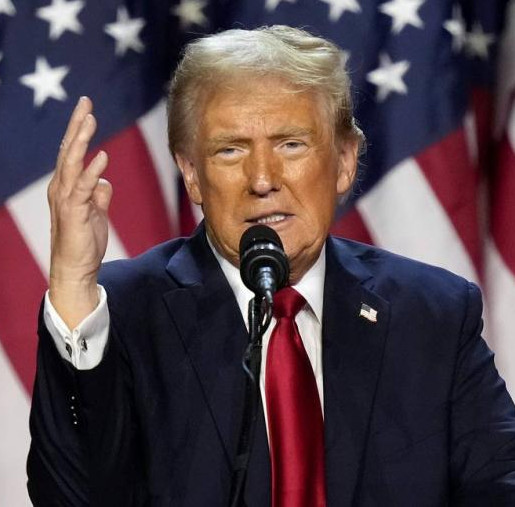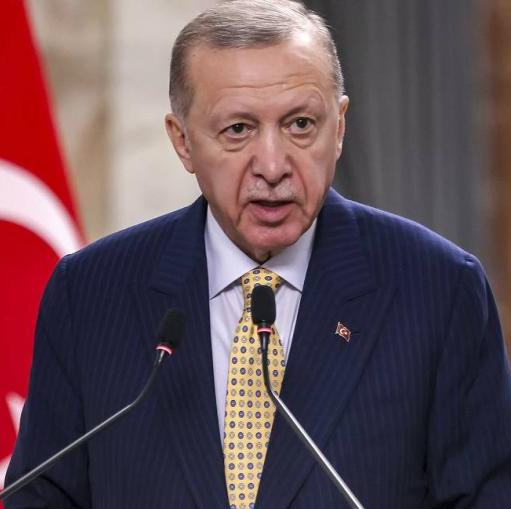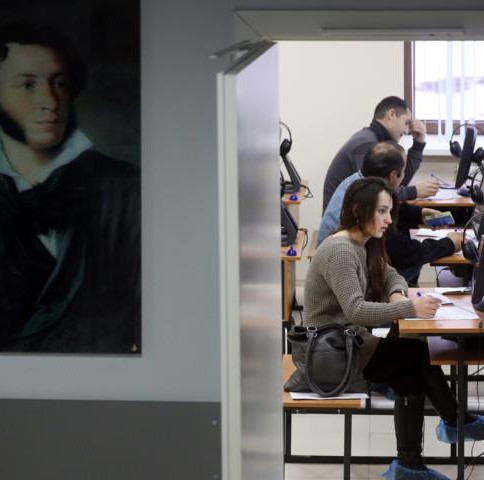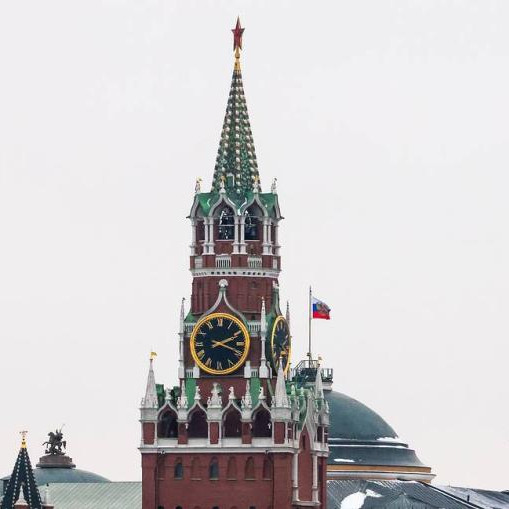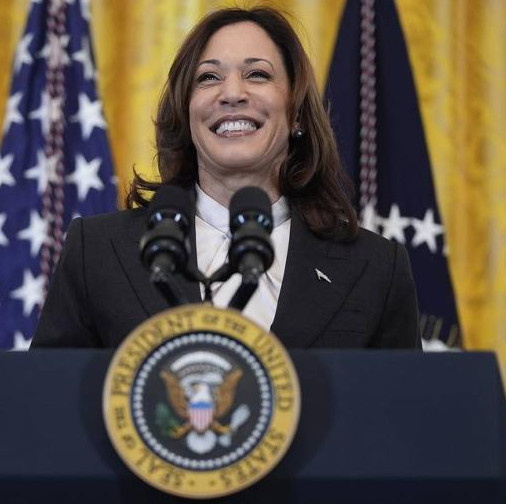
"The Kafkaesque interdependence between [Russia and Europe] should be acknowledged, because it’s likely to continue." This is how Bloomberg describes things in the European energy market.
According to the agency, before the war in Ukraine, Russia was covering almost half of European gas imports, but last year its contribution dropped to 15 percent. However, the decline has come to a halt, with the dependence growing higher. Russia has about 20 percent of all the gas imported to Europe this year, Bloomberg concludes.
Meanwhile, the price of gas in Europe during stock trading of October 29 has exceeded $486 per thousand cubic meters for the first time since early December 2023, according to the London ICE exchange. Energy prices this high are an indicator of growing gas supply risks for the region in the coming winter. The extraction of gas from European underground storages in the third decade of October has regularly exceeded injections as the heating season approaches.
The current level of reserves in European UGS facilities in the run up to the cold season accounts for over 95 percent, and this encourages European bureaucrats to be more aggressive in promoting the waiver of Russian energy. For example, European Commission’s Kadri Simson, who oversees energy issues, said the EU could do without Russian gas, but certain countries keep buying it in bulk. Now the EC is working with these countries to achieve zero transit starting January 1, 2025, she explained.
But the devil is in the detail.
A possible termination of Russian gas supplies to Europe via Ukraine after 2024 amid the bilateral contract’s expiry increases risks to the European Union’s energy security, leaving it urgently seeking for alternative sources. Meanwhile, Russia does not refuse further gas supplies through the territory of Ukraine.
President Putin has drawn attention to the risk of halted supplies to the EU via the Gas Transportation System of Ukraine (GTSU), stating Kiev's inaction in organizing further blue fuel flow to Europe after 2024. In an interview with Rossiya 1 TV channel, the Russian leader explained that capacity reservations for next year usually take place in July, but there were no auctions from Ukraine. "And this is vital because there are several routes along which Russian gas can be supplied to European consumers. And we are not giving up on these supplies," Putin stressed, adding that there is no work underway along this direction.
Even further transit through the remaining GTSU working branch — the Sudzha unit — has been hampered, the national leader pointed out: "Gas flows through the gas measuring station in an automatic mode, but a number of parameters such as fuel value are difficult to control. And the Kursk region and specifically Sudzha, where the gas measuring unit is located, has been a fighting location with the Armed Forces of Ukraine."
Meanwhile, the European bureaucracy aims to pump up gas supply risks to the European Union by affecting the Russian LNG supply channel deemed by the EU Agency for the Cooperation of Energy Regulators (ACER) as "a crucial component of Europe's energy security." According to ACER, the Russian share in LNG imports to the European Union increased to 20 percent in the first half of 2024 against the 14 percent a year earlier.
Meanwhile, the 15th package of European sanctions is announced to include restrictions on LNG exports. They are at least planned to find themselves on the table after Hungarian EU Council presidency ends, Politico reports citing European diplomats. Starting January 1, 2025, the mandate will pass to Poland, which has already "outlined" willingness to lobby for tougher measures against Russian energy.
Of course, Washington has been also actively inciting Brussels to "block" Russian LNG: the United States considers it necessary to further tighten measures against relevant imports from Russia. A statement to that effect came on October 22 from Assistant Secretary of State for Energy Resources Jeffrey Pyatt.
Moscow will have to look for patterns of circumventing sanctions. Reuters, for example, suggested that it would use LNG overside discharge transshipment to offset the shortage of ice-class tankers possessed by its major LNG producer, NOVATEK. The method is clarified to have been already used outside Murmansk (road loading has been arranged near the Kildin Island), with plans to create another two points in the Barents and Bering Seas.
Over the last year, the NOVATEK plant located in the Kola Arctic has been targeted by several waves of Western sanctions. Restrictions imposed by the United States and its allies since the Ukraine war began, restricted Arctic LNG 2's access to ice-class tankers built for the project at South Korean shipyards, prompting a number of foreign buyers to abandon the plant's production.
In August, the NOVATEK plant managed to start shipping LNG with conventional gas carriers, media reports suggest. A number of shipments were sent to the market, but no official reports appeared as to whether they eventually found their buyers or not.
“Commercial liquefaction at the [Arctic LNG 2] facility was halted due to high inventories as the plant cannot freely export cargoes,” Bloomberg wrote on October 26 citing “people familiar with the situation”.
When commenting on the issue of providing Arctic LNG 2 with tankers back in spring this year, Deputy Prime Minister Alexander Novak explained that Russia did have both a shipbuilding industry of its own and numerous friendly countries.
